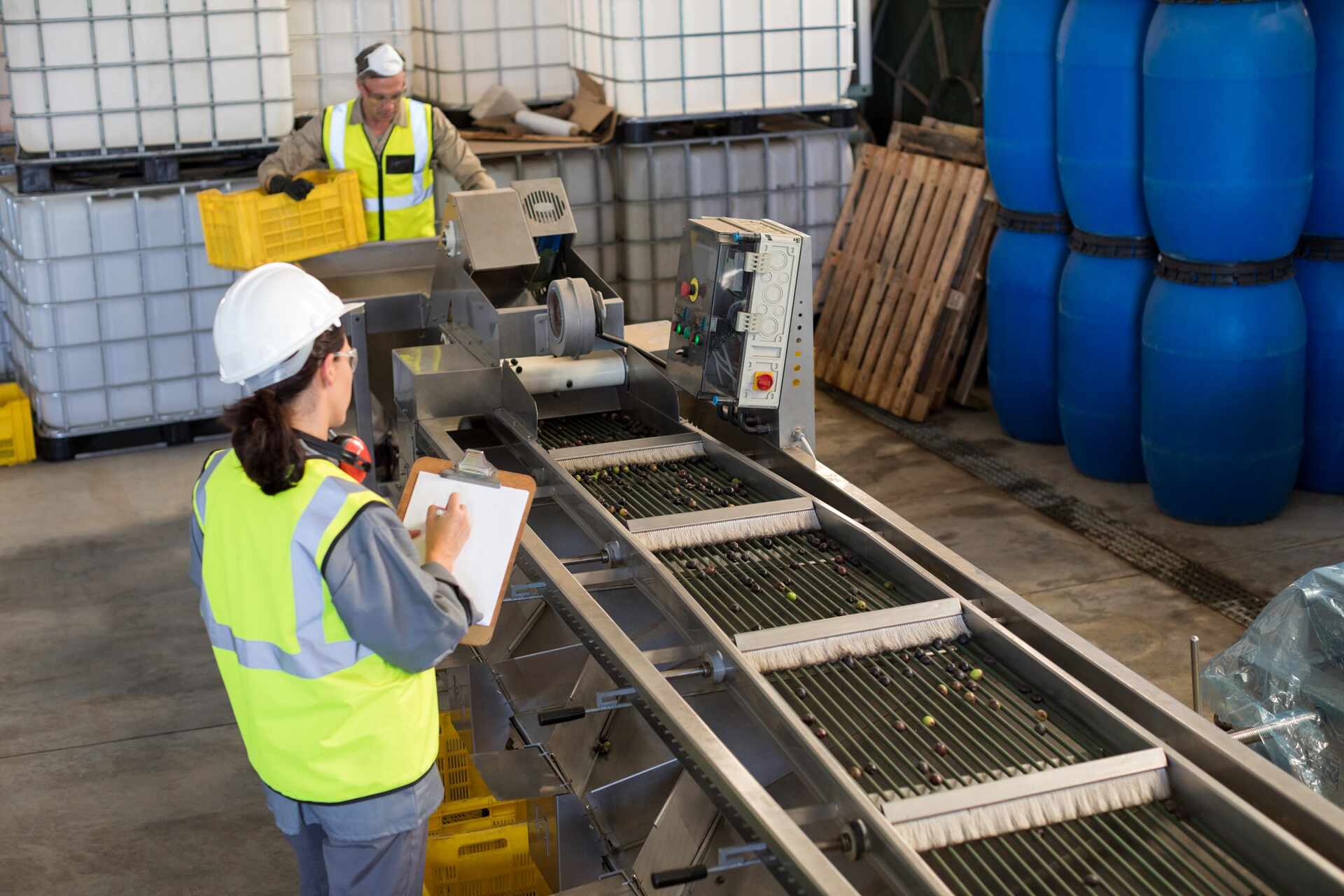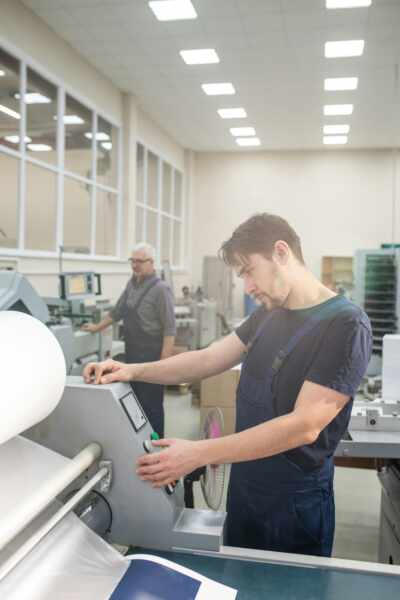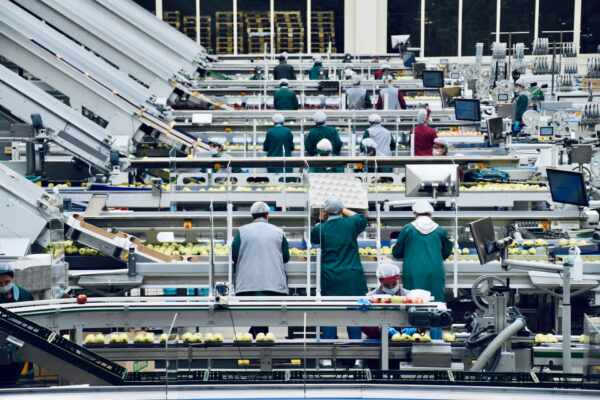Conveyor belts are essential components in numerous industries, facilitating the transport, handling, and sorting of products and materials. Like any other piece of equipment, conveyor belts inevitably wear down and require maintenance over time.
As a business owner or production manager, you will likely face the challenging decision of whether to repair or replace a worn or damaged conveyor belt in your production line. This complex decision involves several factors, including cost, downtime, efficiency, and potential long-term ramifications.
In this blog, we will provide guidance on key aspects to consider when deciding between repairing or replacing the conveyor belts in your operation, helping you make informed, cost-effective choices that align with your business goals and optimise production efficiency.
Both repair and replacement options carry unique advantages and disadvantages. Repairing a conveyor belt can often be a more immediate and cost-effective solution in the short term, allowing you to address specific issues without replacing the entire belt. However, frequent repairs may indicate underlying issues or persistent wear that could be better addressed through a complete replacement.
On the other hand, investing in a new conveyor belt can offer long-term benefits, such as improved performance, reduced maintenance requirements, and potentially lower overall costs. However, new belt installation may initially entail higher expenses and longer production downtime.
Throughout this article, we will delve deeper into each option – repair and replacement – outlining the pros and cons, and highlighting the factors to weigh when making this important decision to the best of both your operations and budget.
Assessing the Condition of Your Conveyor Belt
Before diving into the decision-making process, start by carefully assessing the condition of your conveyor belt. Look for signs of wear, damages, or stretching, and take note of any performance issues. Common red flags include uneven belt movement, misalignment, slipping, and excessive noise. A thorough evaluation of your conveyor belt’s condition will provide valuable information to help you decide whether a repair or replacement is warranted.
The Pros and Cons of Conveyor Belt Repairs
Cost-Effective and Less Downtime
One of the main advantages of repairing a conveyor belt is its cost-effectiveness in the short term. Repairing only the damaged or worn section of the belt is often cheaper than purchasing and installing a new belt altogether. Additionally, repairs typically require less downtime, allowing your production line to be back up and running sooner, minimising disruption to your operations.
Quick Fixes for Minor Issues
If your conveyor belt is experiencing minor issues or damages, such as small cuts or punctures, a repair can effectively resolve the problem without the need for a complete replacement. Addressing these minor issues promptly can extend the life of your conveyor belt.
Short-Term Solution
While repairs can offer a quick fix for minor issues, they may not be a long-term solution to ongoing wear or persistent problems with your conveyor belt. If the belt continues to display signs of wear or requires frequent repairs, it may be time to consider investing in a new belt to ensure optimal long-term performance.
The Pros and Cons of Conveyor Belt Replacement
Long-Term Benefits and Efficiency
One of the significant benefits of replacing a conveyor belt is the improved performance and efficiency it can provide. A new belt with the latest technology often offers enhanced durability, reducing maintenance requirements, and delivering better performance over time. While the initial costs may be higher than a repair, the long-term benefits and improved efficiency may outweigh the upfront expense.
Modernisation and Customisation
Replacing a conveyor belt offers a prime opportunity to modernise and customise your production line. With advancements in conveyor belt technology, you can opt for a new belt system that caters to your specific industry needs, such as increased speed capabilities, improved energy efficiency, or incorporating specialised belts for handling specific products or materials.
Higher Upfront Costs and Downtime
A key disadvantage of conveyor belt replacement is the typically higher upfront costs. Not only is the purchase of a new belt an expense, but the installation process can be time-consuming and require a longer period of downtime, impacting your production schedule.
Determining the Optimal Solution for Your Business
Assess the Extent of Damage and Wear
When deciding between repair and replacement, thoroughly assess the extent of damage or wear on your conveyor belt. If the problems are minimal and isolated, a repair might be sufficient. However, if the wear or damages are severe, affecting the overall performance of the belt, replacement could be the most effective long-term solution.
Consider the Age and Performance of Your Conveyor Belt
The age of your conveyor belt is a crucial factor in determining the best course of action. Older belts may have more significant wear, outdated technology, or repeated issues that indicate the need for a total replacement. Conversely, newer belts with isolated issues may be better candidates for repair.
Evaluate the Production and Financial Impacts
Lastly, take into account the potential impacts on your production schedule and overall business finances. If a repair will keep your production line running smoothly and cost-effectively in the short term, it may be the best option. However, if the long-term benefits of a new conveyor belt outweigh the initial costs and downtime, replacement could be the most efficient choice.
Making the Right Decision for Your Production Line
Deciding between repairing or replacing your conveyor belt is a critical decision for any business owner, production manager, or maintenance professional. By carefully weighing the costs, benefits, and potential long-term effects of each option, you can make an informed choice that best suits your business needs and budget.
By evaluating the condition of your conveyor belt, considering the extent of wear or damage, and taking into account the age and performance of the belt, you can determine whether a repair or a replacement offers the better solution.
Keep in mind that, in the long run, the right decision should lead to increased efficiency, cost savings, and improved performance for your production line. Be proactive in monitoring and maintaining your conveyor belts to ensure their optimal operation, and you’ll be well-positioned to make smart, informed choices when faced with the decision to repair or replace.
Ready to take your industrial operations to the next level? Contact Change Parts Pty Ltd now and let our experts help you find the perfect conveyor belt solutions for your business. From design to installation and maintenance, we’ve got you covered. Don’t wait, start optimizing your material handling systems today!




